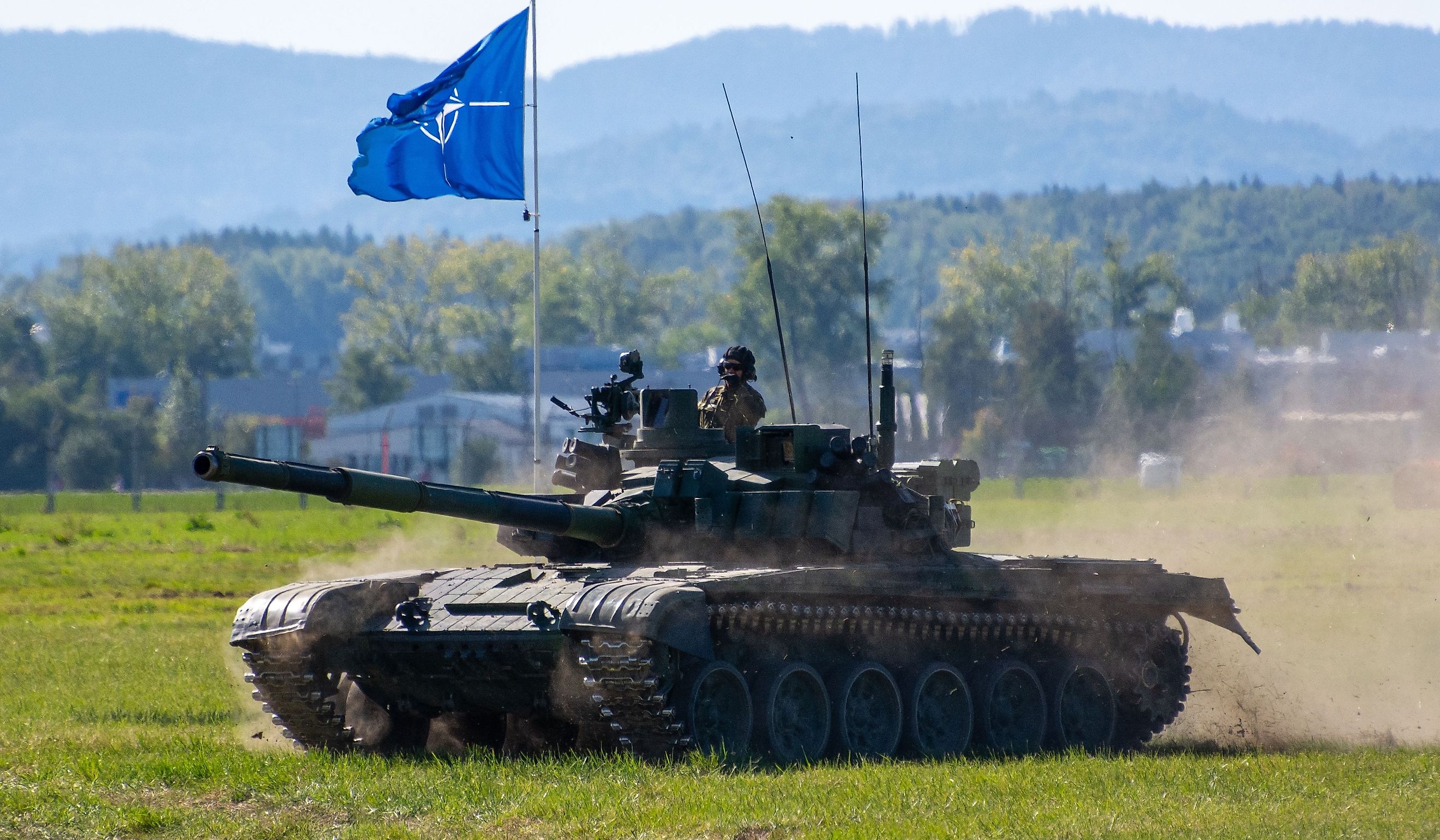
The History Of NATO Operations
NATO (North Atlantic Treaty Organization) was first formed in 1949 as a military coalition to help deter any potential aggression from the Soviet Union and other countries deemed hostile to the United States and its allies. NATO had 12 founding members, Italy, Belgium, Canada, Denmark, France, Iceland, Luxembourg, the Netherlands, Norway, Portugal, the United Kingdom, and the United States.
While the United Kindom and France were of course big players in the alliance, it was, and still is the United States that holds most of the power within NATO. NATO is now made up of 32 countries and has accepted new members as recently as March 7th, 2024 as Sweden became the 32nd country to join.
Major NATO Operations
| NATO Operation | Year |
|---|---|
| Gulf War | 1990-1991 |
| Yugoslavia | 1992-1999 |
| Afghanistan | 2003-2021 |
| Libya | 2011 |
| Ukraine | 2022-Present |
NATO In The Cold War
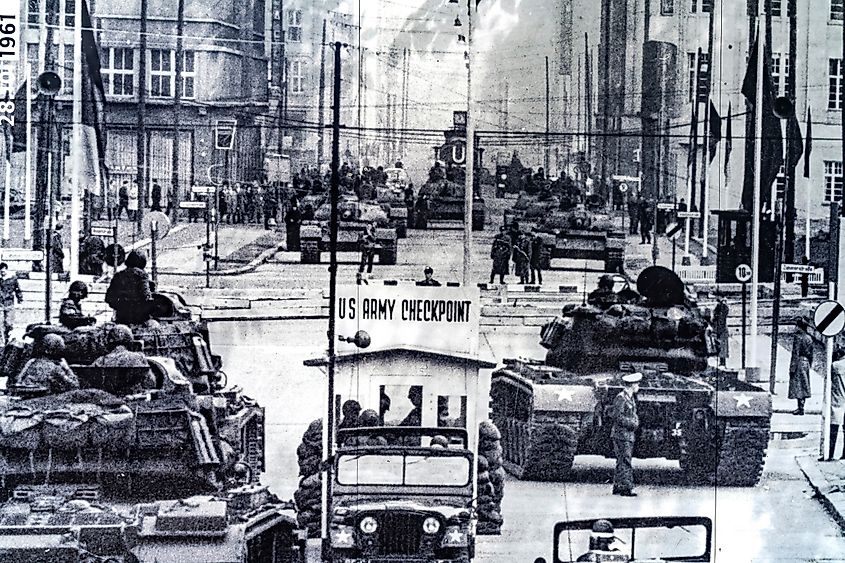
Despite being specially formed to combat the rising power of the Soviet Union, NATO was never officially deployed to any war or combat zone during the Cold War. Some make the argument that NATO was deployed during the Korean War, but this was not technically true as the organization never made a clear declaration of war.
Once the Soviet Union officially collapsed in the early 1990s, NATO was now left without a clear purpose. Its first and primary adversary was now gone, and many members were uncertain what direction or impact the organization would have on a post-Soviet world.
The First Gulf War (1990 - 1991)
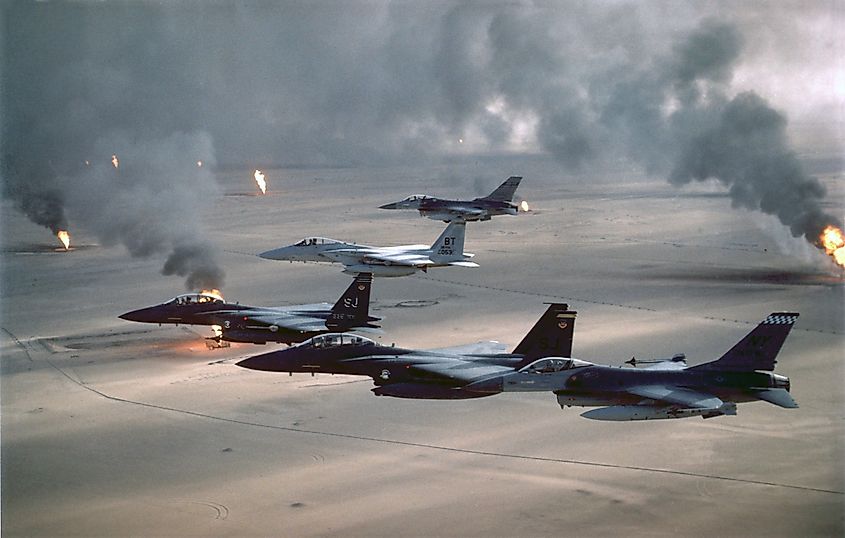
In 1990, Iraq, led by Saddam Hussein, invaded the neighboring country of Kuwait in order to secure Kuwaiti oil fields. Kuwait was fully occupied in a matter of days, triggering an international crisis.
There was an immediate call for a response from Kuwait and the surrounding countries in the Middle East, especially Saudi Arabia. The UN widely condemned the invasion and demanded Iraq to withdraw. These demands were ignored.
Anchor Guard
Contrary to popular belief, NATO never officially involved itself directly in the First Gulf War. While it was of course led by its major members such as the United States and the United Kingdom, there was no official joint NATO operation in Kuwait or Iraq that involved operations like Desert Storm or Desert Shield.
NATO did roll Anchor Guard into action in response to the invasion of Kuwait. Anchor Guard consisted of a large influx of NATO aircraft moved into Turkey with the purpose of protecting NATO and Turkish airspace during the conflict. This was mostly considered to be a monitoring mission.
Ace Guard
Ace Guard was another mission that was centered around the defense of Turkey during the First Gulf War. The Turkish government at the time was paranoid about an aggressive Iraq and requested that NATO send new military hardware to discourage any potential attack.
NATO deployed the ACE Mobile Force in response. This consisted of various NATO nations committing large numbers of aircraft to the Iraq-Turkey border. New weapons systems were also installed in Turkish military bases along with new more modern equipment.
Yugoslavia (1992-1999)
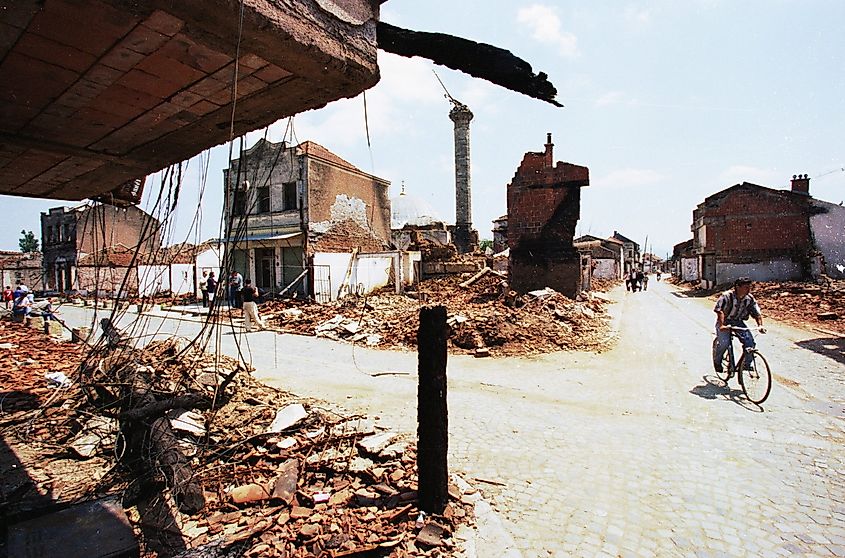
In the early 1990s, the former country of Yugoslavia dissolved into brutal sectarian violence based on ethnicity and religious identity. There were numerous instances of ethnic cleansing and war crimes being committed on every side.
However, by 1993, it was clear that the Bosnian Muslims were at the greatest risk of coming under the threat of attack by both the Yugoslav military and Serbian paramilitary groups. The UN established safe zones for these civilians, which were closely guarded by UN troops.
Between 1992 and 1995, NATO airforces carried out strategic bombings against targets that were threatening UN peacekeepers and were vital in breaking the now infamous siege of Sarajevo.
NATO forces were crucial in limiting the violence that was being committed against civilian populations and played a pivotal role in leading to ceasefires, which eventually blossomed into long-lasting peace agreements.
Afghanistan (2003-2021)
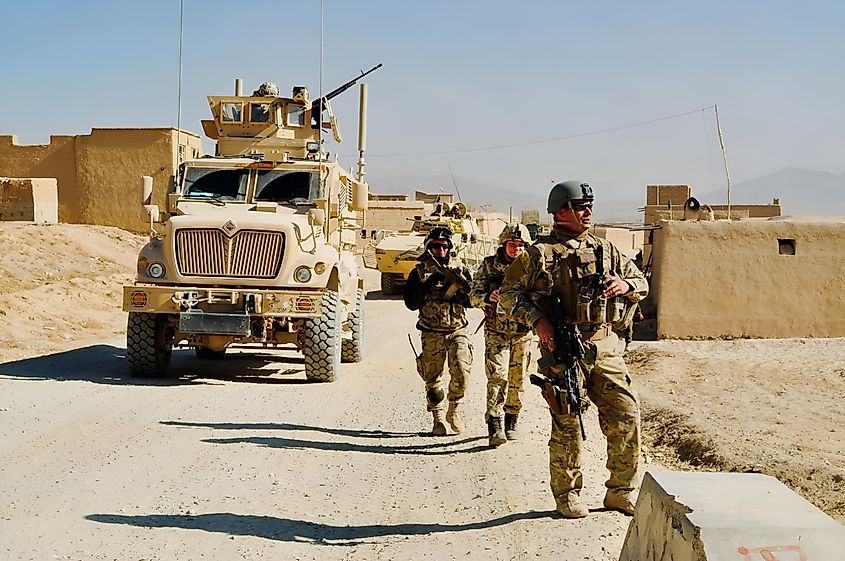
NATO's involvement in Afghanistan was long and complex. It first began in the aftermath of 9/11 when the United States military invaded Afghanistan after it was discovered that the Taliban, the ruling government, was harboring Osama Bin Laden, the mastermind behind the attacks in Manhattan.
NATO did not officially become involved until 2003 and entered the war with the goals of creating a sense of security across the country, training the Afghan police and military to a level in which they could repel the Taliban, and providing protection to infrastructure projects.
While signs of early success were being made, the ultimate goals of NATO were not met. By 2021 a slow withdrawal began and NATO forces officially left Afghanistan in early September 2021.
Libya (2011)
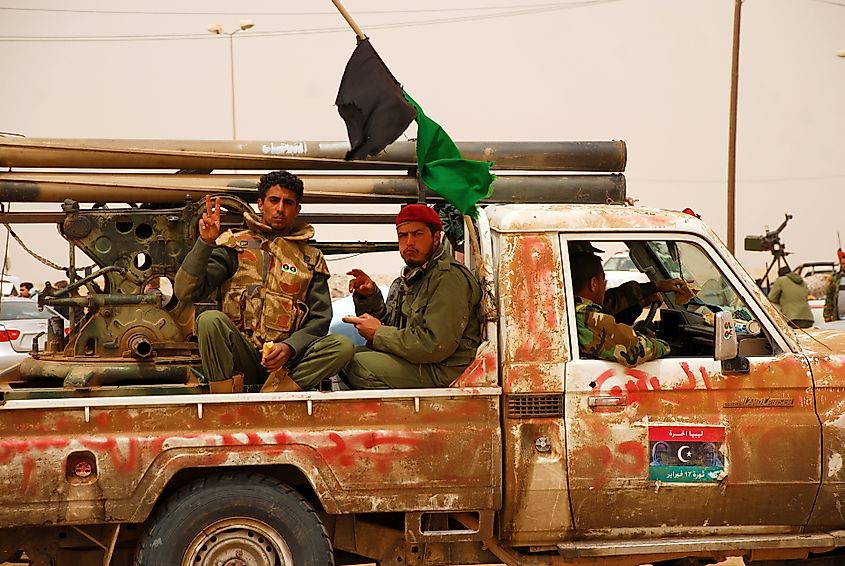
After the breakout of the Libyan Civil War, a NATO-led no-fly zone was implemented against forces that were loyal to the Libyan dictator Muammar Gaddafi. This then escalated into strikes against Libyan military positions in an attempt to aid the rebel forces that were fighting to overthrow the Gaddafi regime.
Attempts were made to shoot down NATO fighters but were ineffective. NATO was directly involved in this conflict from March 2011 until October of the same year. While no conventional NATO ground forces were deployed to Libya, there were instances when various special forces were used to secure interests in the region.
The conflict came to a sudden and brutal end when Gaddafi was captured by rebels and summarily executed. The fighting did not stop with the death of Gaddafi. In 2014, numerous factions began fighting over control of the country once again. This Second Libyan Civil War only ended in 2020.
Ukraine (2022-Present)
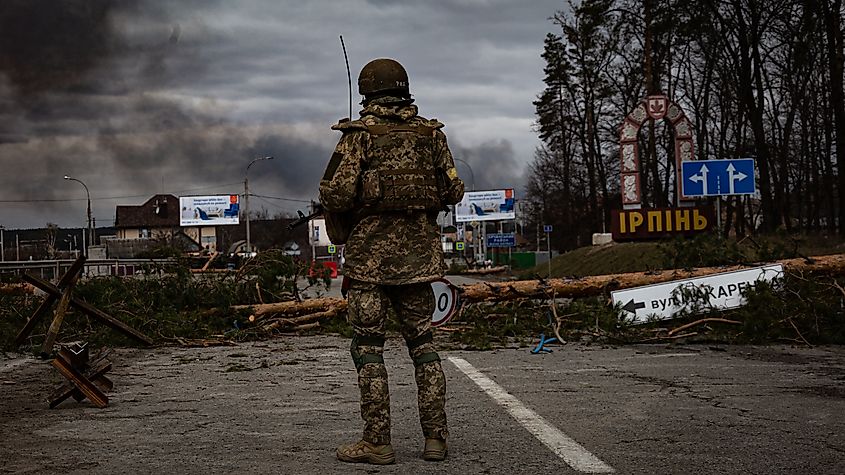
Of course, NATO's most important operation in recent years is its role in the Ukraine War. In 2022, Russia invaded Ukraine under the pretext of protecting Russian minorities within the country and to demilitarize and denazify the standing Ukrainian government, although these accusations are criticized by western countries as lacking credibility.
NATO responded by imposing a litany of sanctions against Russia as well as sending billions of dollars in aid to Ukraine. As Ukraine is unable to manufacture its own weapons and materials at a large scale, NATO supplies have been vital in keeping Ukraine in the war.
NATO countries have also trained Ukrainian troops within their own borders and have given them access to some of the best weapon systems that they have available. NATO's role in this conflict is always changing, and it could continue to escalate as the war continues to rage on.
Final Thoughts
NATO has a long history that dates back more than 75 years to the early stages of the Cold War. Its role in the world has continued to change as the decades have progressed, and it is likely that it will remain fluid moving forward. NATO's recent growth, in which it accepted members that closely border Russia, may have exacerbated tensions between Russia and the West even further.











